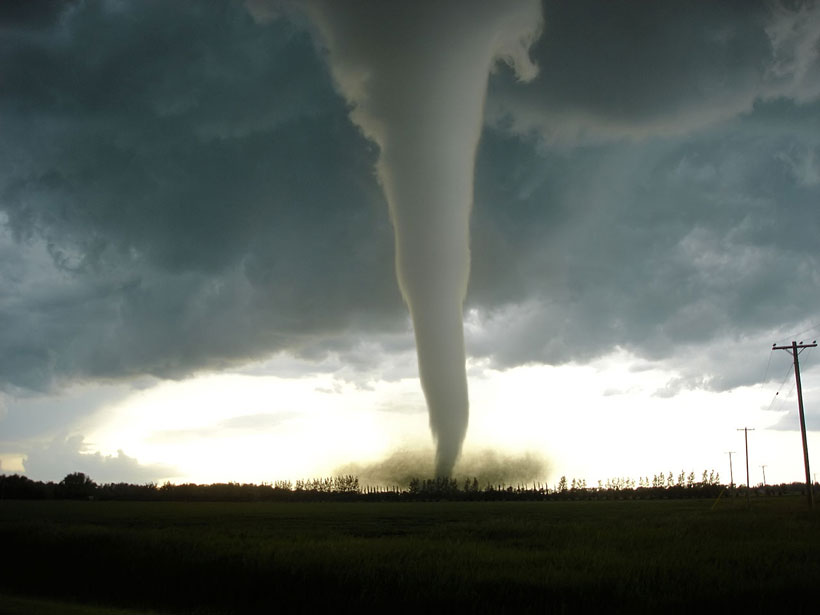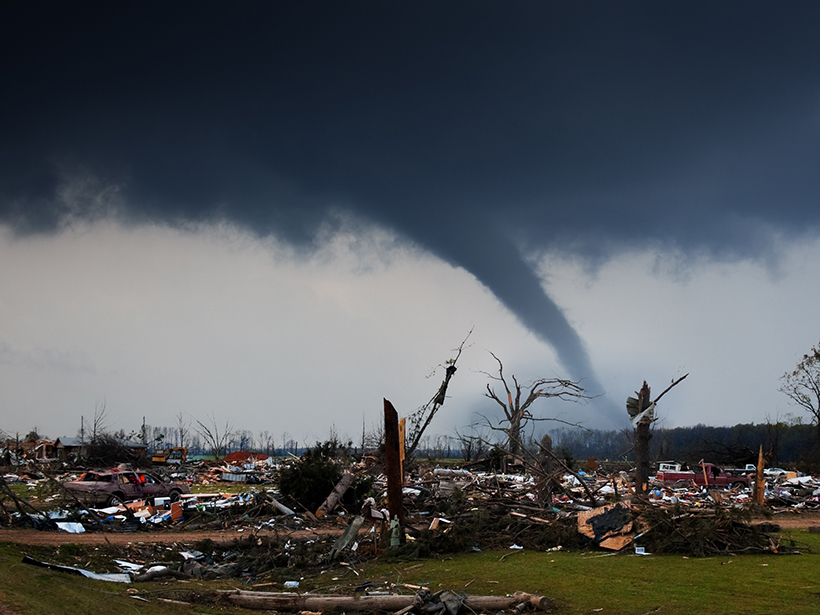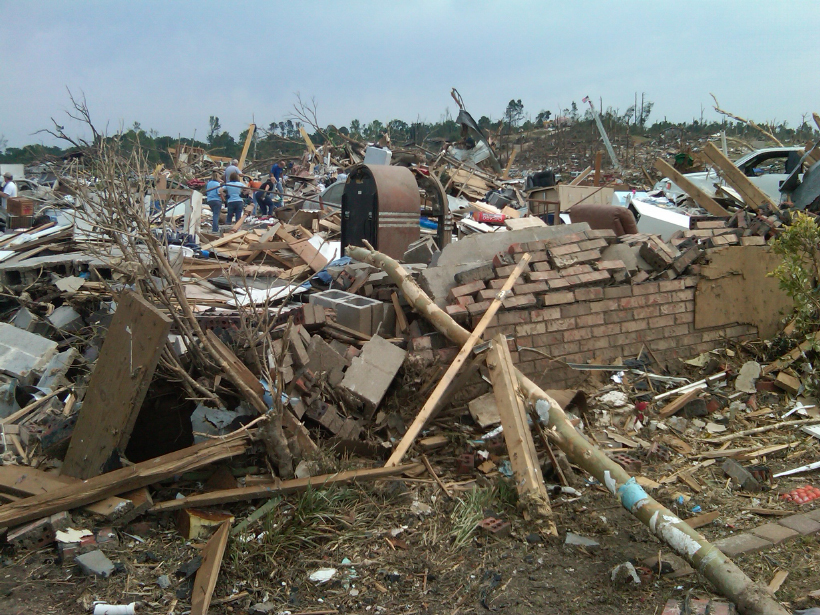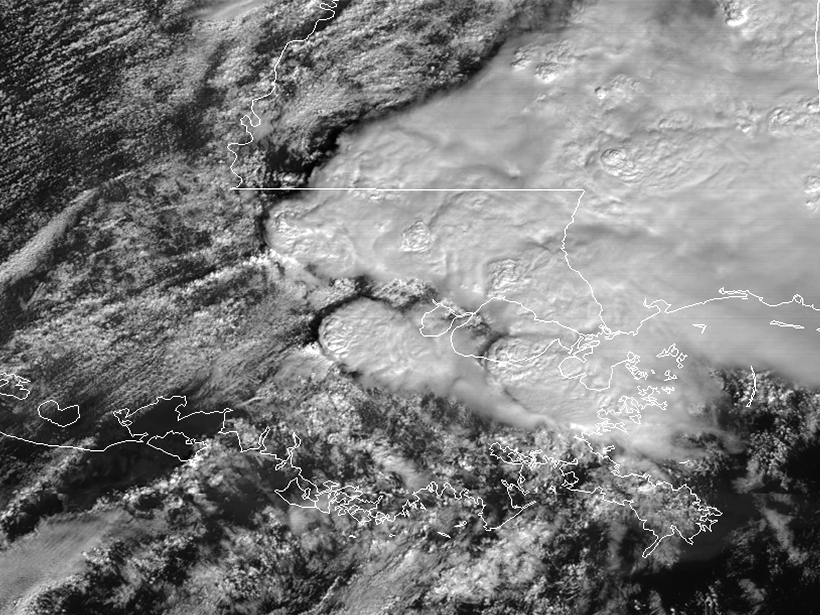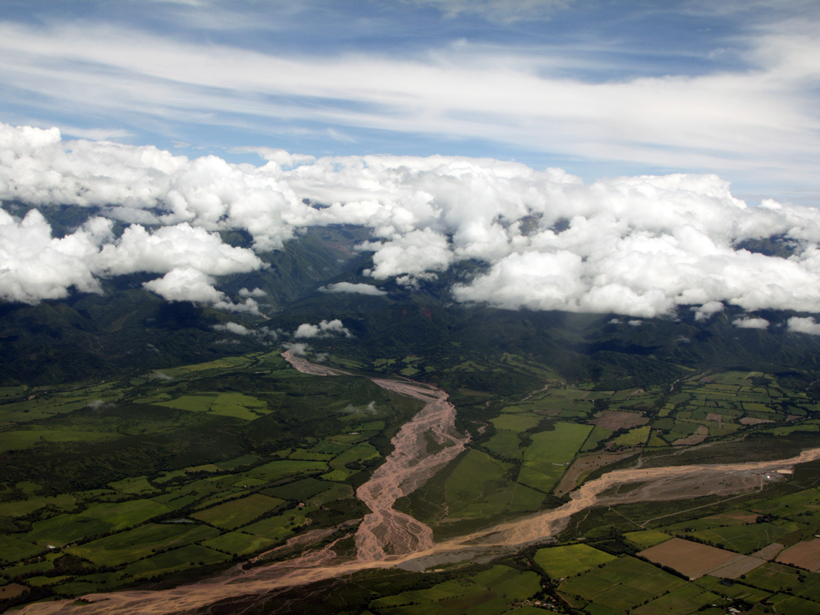A yearlong project aims to find more than 150 “missing” tornadoes thought to hit Canada each year.
tornadoes
Westward Expansion, Technology, and Tornado Fatalities
By mining records from 1808 to 2017, researchers can now show just how many lives have likely been saved by technology like radar.
Storm Model Foresaw Tornado Precursor Hours Before Twister Hit
The experimental Warn-on-Forecast project calculates probabilities of severe weather within at-risk areas smaller than those targeted by current forecasting models.
Tornado Casualties Depend More on Storm Energy Than Population
National Weather Service data from nearly 900 tornadoes and a principle of economics reveal the relationship between storm energy, population, and casualty count.
NOAA Video Shows Satellite Views of Louisiana Tornadoes
Real-time updates of storms will help forecasters track and predict where the most damage could occur.
Rise in Tornado Numbers per Outbreak May Not Be Tied to Warming
Scientists studying why previous research revealed a steadily increasing number of tornadoes in the United States per outbreak find an unexpected result.
What Causes Extreme Hail, Tornadoes, and Floods in South America?
A study of extreme weather in South America shows seasonal and spatial patterns, which, if better understood, could help save lives and minimize damage to property.
Understanding How Climate Change Could Affect Tornadoes
First International Summit on Tornadoes and Climate Change;
Crete, Greece, 25–30 May 2014

